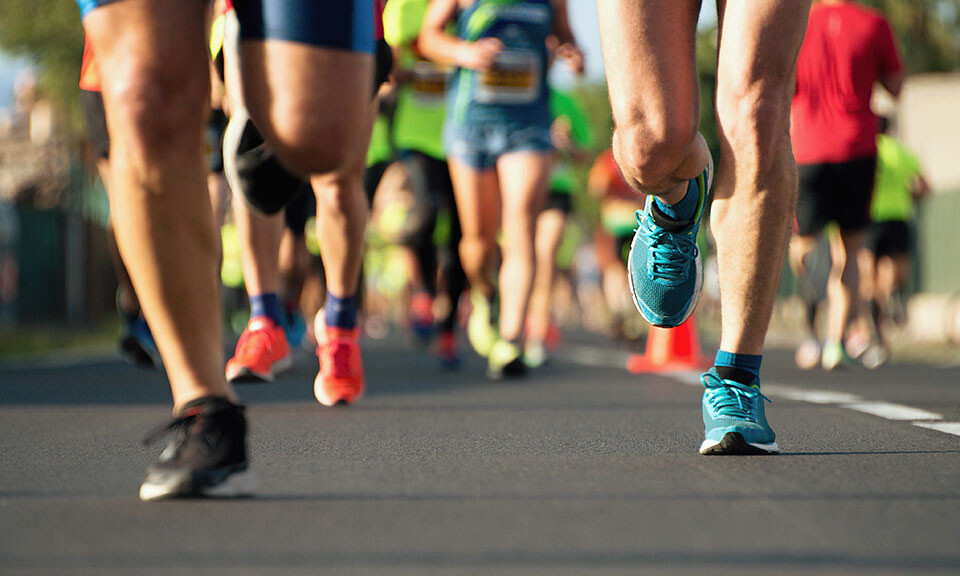Running News Daily
Running News Daily is edited by Bob Anderson. Send your news items to bob@mybestruns.com Advertising opportunities available. Train the Kenyan Way at KATA Kenya and Portugal owned and operated by Bob Anderson. Be sure to catch our movie A Long Run the movie KATA Running Camps and KATA Potato Farms - 31 now open in Kenya! https://kata.ke/
Index to Daily Posts · Sign Up For Updates · Run The World Feed
The five goals of base training, building a base will prepare your body for harder work later on in your training
Whether you’re preparing your body to start training for your spring goal race, or you’re coming back from a layoff due to injury, base training is an important part of your training schedule. Just as it sounds, it forms the foundations of running fitness, which will prepare your body for harder, faster workouts later on in your training. When planning your base training, keep the following five goals in mind to ensure you prepare yourself well without overtraining.
Goal #1: build aerobic efficiency
One of the main objectives of base training is to improve your ability to use oxygen. The more efficiently you can use oxygen when you run, the longer you can delay the point at which lactic acid begins to build up (a.k.a. you reach your lactate threshold), and the longer you’ll be able to maintain a faster pace. This means that once you begin doing speedwork, you’ll be able to complete your intervals, fartleks and tempo runs at a faster pace.

How do you do this? By building a mileage base. Exactly how much you run each week will depend on your level of experience and whether you’re coming off of a layoff or not, but the first several weeks (four to 12) consist mainly of steady-state mileage. From there, you can begin to work on leg speed by adding strides into a few of your runs, but these shouldn’t be exhausting workouts. You’re simply preparing your body to do more targeted speedwork later.
Goal #2: improve your body’s durability

Often, runners get injured because their bodies weren’t prepared to handle the demands of training, so the second goal of base training is to make your body more resistant to injuries. This is why the base season is largely made up of steady-state, easy mileage. Because these runs are not too intense, your muscles, tendons, ligaments, bones and fascia have time to adapt to the stress of running and to recover between each run.
Base season is a great time to build strength, both by planning routes that have rolling hills, and by getting in the gym and working on mobility, strength and core stability. Doing all of this will make your entire body stronger and more resilient to injuries, which will allow you to train harder later on without getting injured.
Goal #3: use fuel more efficiently
During base season you teach your body to use oxygen more efficiently, but this is also the time to teach your body to use carbohydrates and fats more efficiently while you’re running. Your body burns both carbohydrates and fat when you run, but since you get more energy when you burn fat, teaching your body to use your fat-burning system more effectively is an important adaptation for distance runners.
Long runs and consistent training are the best way to improve your body’s ability to use fat for fuel, which is why base training always consists of one long run each week, plus one or two other mid-length runs. During these runs, your body also becomes more efficient at using carbohydrates, and both of these adaptations will delay fatigue when you begin doing speed workouts later on.
Goal #4: improve the endurance of your fast-twitch muscle fibres
Distance running relies primarily on your slow-twitch muscle fibres, which make up the bulk of your muscles. Near the end of a long run, however, your slow-twitch muscles will start to fatigue, and your body will call on your fast-twitch fibres to help out. This improves the fatigue-resistance of your fast-twitch fibres which, as you guessed it, will allow you to use these muscles for longer periods of time, which will make you faster.
Goal #5: build up your mental endurance
Finally, the last goal of base season is to make your mind more resistant to fatigue. This will allow you to run longer without your mind telling you to stop. Building up a large base will make you mentally stronger to handle harder, faster running later on in your training.
by Brittany Hambleton
Login to leave a comment




